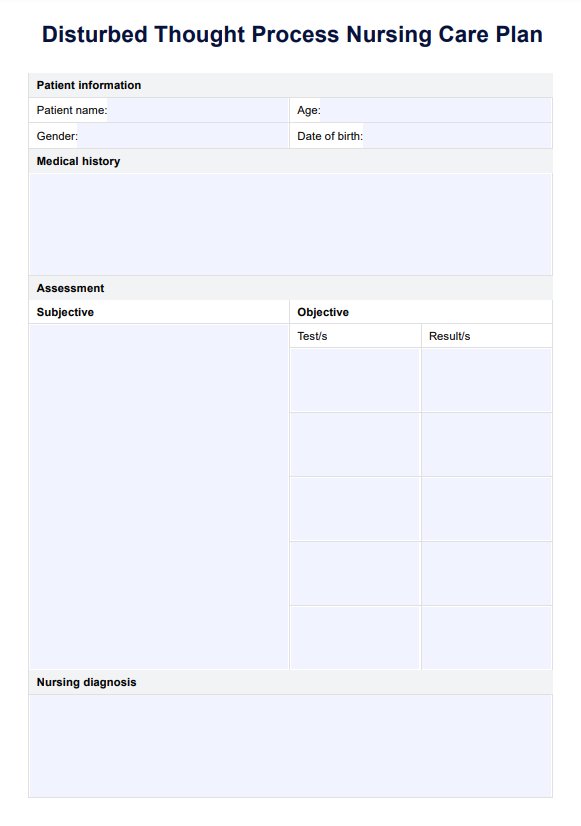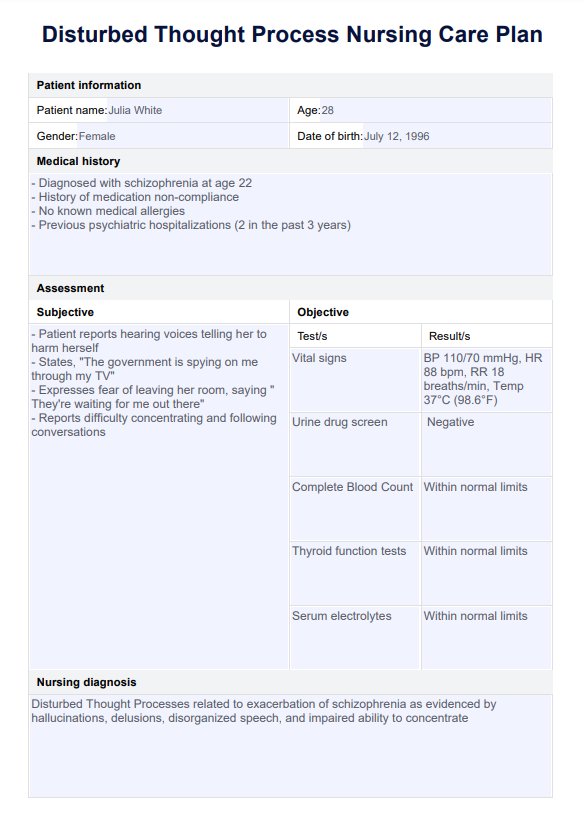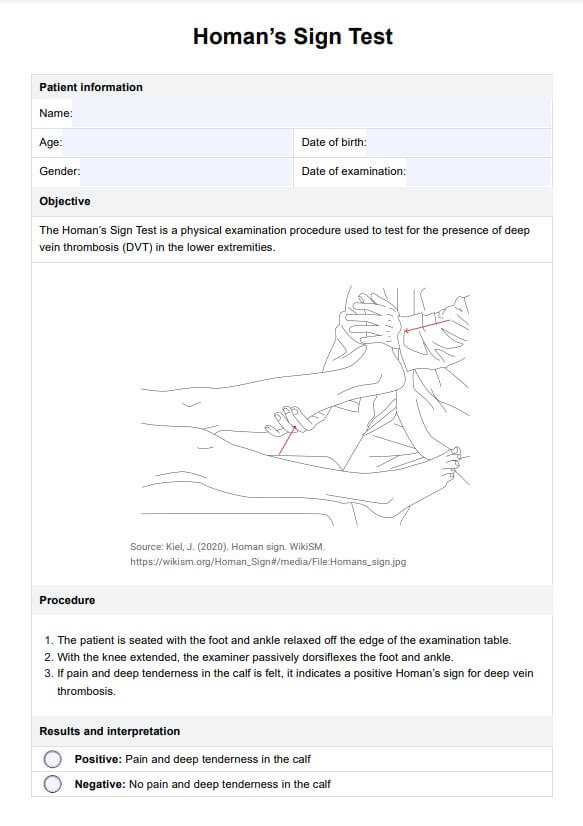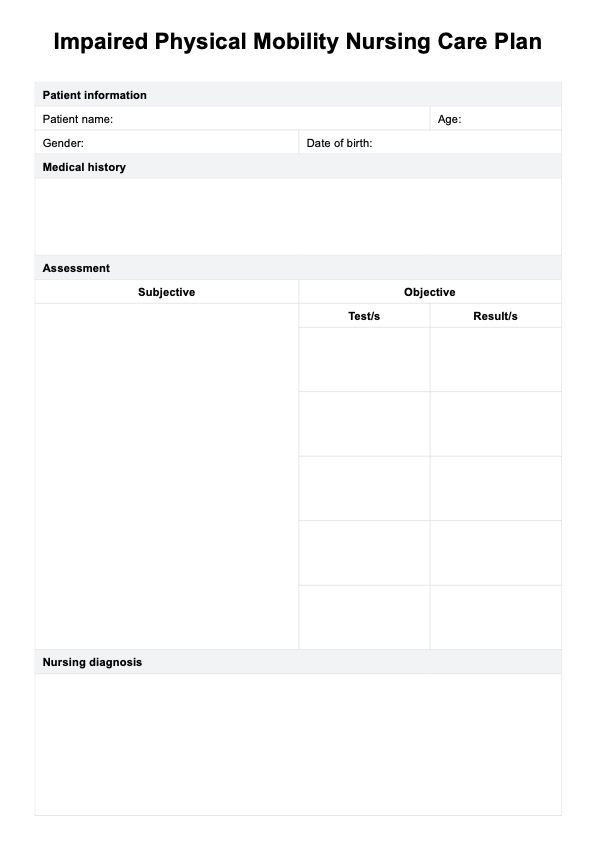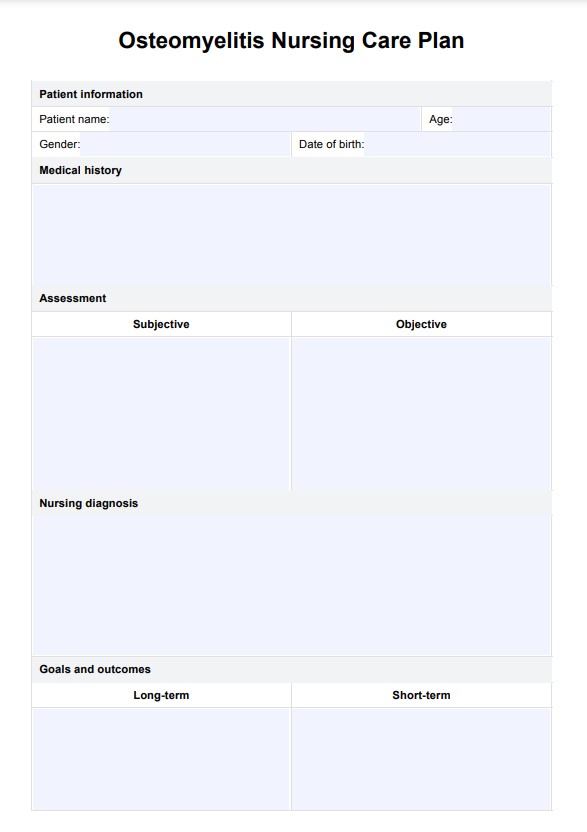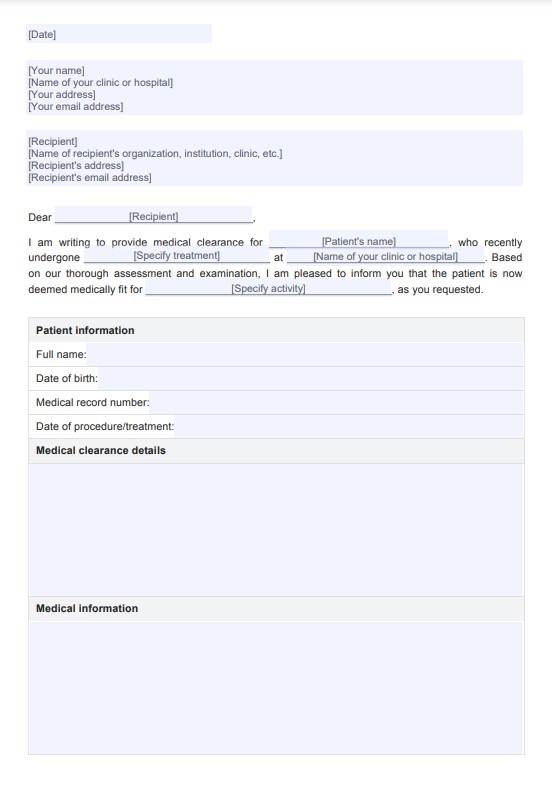Disturbed Thought Process Nursing Care Plan
Explore our downloadable template for a Disturbed Thought Process Nursing Care Plan to streamline nursing documentation.


What is a disturbed thought process?
A disturbed thought process, often recognized in patients with mental health disorders, refers to a disruption in cognitive operations and activities. This condition can manifest as disorganized thinking, impaired decision-making, difficulty concentrating, and irrational beliefs. This is common in some conditions outlined in the Diagnostic and Statistical Manual of Mental Disorders, such as schizophrenia and dementia, and may even be present in major depressive disorder and mania. A disturbed thought process significantly impacts a person's ability to function daily.
Cause of disturbed thought process
The causes of disturbed thought processes are diverse, typically involving a combination of genetic, biochemical, and environmental risk factors.
Neurological diseases like Alzheimer's can directly impair cognitive functions. At the same time, mental health disorders such as schizophrenia may disrupt thought patterns due to biochemical imbalances and can manifest as both negative and positive symptoms. External stressors, drug abuse, and traumatic experiences also play a crucial role in exacerbating a mental illness.
Disturbed Thought Process Nursing Care Plan Template
Disturbed Thought Process Nursing Care Plan Example
How do nurses assess and diagnose disturbed thought process?
Here's how nurses assess and diagnose illogical thinking and disturbed thought processes:
Identify factors present
Nurses start by observing the patient’s behavior for signs of disorganized thinking, illogical thought patterns, anxiety, and difficulty making decisions. Listening to family members' concerns about the patient’s recent behaviors and social interactions also provides crucial insights for nursing diagnoses.
Review of medical history
A thorough review of the patient’s medical and psychiatric history helps identify factors present and the underlying conditions contributing to cognitive disturbances.
Cognitive assessments
Structured cognitive tests and psychological assessments evaluate and assess the severity and specific characteristics of the thought disturbances.
Review laboratory values
Laboratory tests may be conducted to rule out or confirm any biochemical imbalances or medical conditions that might be affecting the patient's cognitive functions.
Next steps
Nurses collaborate with psychiatrists or neurologists to develop an appropriate treatment plan based on the assessment. Continuous monitoring and adjustments ensure the interventions remain effective as the patient's condition evolves.
How to use our Disturbed Thought Process Nursing Care Plan template
Our printable Disturbed Thought Process Nursing Care Plan provides a structured approach to developing a comprehensive mental health nursing care plan for patients with disturbed thought processes. Here's a step-by-step guide on using this template:
Step 1: Patient information and assessment
Collect and document the patient's basic information, including name, age, gender, date of birth, and relevant medical history. Conduct a thorough assessment, noting both subjective and objective findings. Record any tests performed and their results.
Step 2: Nursing diagnosis and goal setting
Based on the assessment data, formulate a nursing diagnosis for the disturbed thought process. Develop specific, measurable short-term and long-term goals for the patient's care. These goals should address the identified thought disturbances and outline expected outcomes.
Step 3: Intervention planning
Design appropriate nursing interventions tailored to the patient's needs and diagnosis. Provide a clear rationale explaining each intervention's purpose and expected benefits. This ensures that all care actions are evidence-based and purposeful.
Step 4: Implementation and evaluation
Execute the planned interventions and continuously monitor the patient's progress. Regularly evaluate the effectiveness of the care plan by assessing whether the stated goals and outcomes are being achieved. Document any patient condition changes, adjust the care plan as needed, and record additional notes for comprehensive care continuity.
Common interventions for disturbed thought process
Interventions provided by healthcare professionals for disturbed thought processes typically focus on the following:
Medication management
This involves the administration of psychotropic drugs to address biochemical imbalances that can lead to disturbances in thought processes. Medications such as antipsychotics, mood stabilizers, or antidepressants are commonly used, depending on the underlying condition. For example, antipsychotics are frequently prescribed for schizophrenia-related thought disturbances.
Environmental adjustments
Creating a calm and structured environment is essential for patients experiencing cognitive distortions. This includes minimizing environmental triggers such as noise and clutter, which can exacerbate symptoms of confusion and agitation. A well-organized living space helps reduce stress and can significantly improve sensory perception, making it easier for patients to focus and function.
Social interaction
Encouraging social participation is crucial in improving the disturbed thought processes related to mental health disorders. Group activities can help enhance communication skills, provide positive feedback from peers, and improve and maintain reality orientation. Activities should be designed to match the patient's cognitive abilities to avoid overwhelm and ensure meaningful engagement.
Safety measures
Implementing safety measures is essential, particularly for patients who may exhibit confusion, aggressive behaviors, or have a risk of self-harm. This might involve close supervision, using non-restrictive safety devices, or modifying the environment to prevent injuries. Safety helps maintain a secure space where patients can receive care without additional risks.
These interventions collectively provide safety measures and support managing disturbed thought processes tailored to the patient's needs to maximize their independence and improve their quality of life.
Benefits of having a comprehensive care plan
Our free Disturbed Thought Process Nursing Care Plan is an essential tool in the management of patients with cognitive impairment or a disturbed thought process, offering numerous benefits that enhance both patient care and healthcare delivery:
Consistent and personalized care
A well-drafted care plan ensures that every aspect of care is tailored to meet the patient's unique needs. This personalized approach considers the individual's specific mental health challenges, lifestyle, and social context, making interventions more likely to be effective and accepted by the patient. Consistency in care is crucial for patients with mild cognitive impairment, as it helps minimize confusion and reinforce a stable environment.
Improved patient outcomes
Targeted interventions, as outlined in a care plan, directly contribute to better patient outcomes. By addressing the root causes and symptoms of disturbed thought processes, these tailored strategies help reduce episodes of disorientation, enhance cognitive function, and prevent the progression of symptoms. This strategic approach helps stabilize mental disorders over time, contributing to an overall improved quality of daily life for the patient.
Enhanced communication among healthcare team
A comprehensive care plan is a central reference for all team members involved in a patient's care, from nurses and physicians to specialists and support staff.
This document provides a clear overview of the patient's condition, goals, and planned interventions, ensuring every team member has the information they need to provide consistent care.
Enhanced communication through nursing care plans leads to better coordination among caregivers, reducing the risk of errors and ensuring that the patient receives the most effective treatment possible.
Streamlined decision-making process
With a complete care plan, decisions regarding changes in treatment or necessary interventions can be made quickly and with greater confidence.
The care plan provides a documented basis for these decisions, which is particularly important in complex cases involving multiple mental health professionals. This can be critical in emergencies or when the patient's condition changes rapidly.
Empowerment of patients and families
Comprehensive care plans also play a vital role in involving patients and their families in the care process. By understanding the care plan, families can better support the patient at home, helping to manage symptoms and implement non-medical interventions that can improve outcomes.
Open communication facilitated by a clear care plan helps families understand the patient's condition, reducing anxiety and building trust between healthcare providers and the patient's support network.
Monitoring and evaluation
Regular reviews of the care plan allow for ongoing monitoring of the patient's progress and the effectiveness of the implemented strategies.
This ensures that the care provided remains appropriate as the patient's needs evolve and allows for the timely adjustment of strategies to address any emerging issues or changes in the patient's condition.
A comprehensive care plan is more than just a document. It is a dynamic tool that enhances the care process, supports healthcare providers, involves families, and, most importantly, centers on the patient's needs, promoting better health outcomes and a higher quality of life.
Commonly asked questions
A nursing diagnosis for disturbed thought processes typically identifies the specific cognitive impairments and potential risks associated with schizophrenia symptoms along with various factors in a patient's condition, facilitating targeted interventions.
Family members can provide valuable insights into the patient's behavior changes, support adherence to treatment protocols, and help maintain a stable environment, all crucial for the effective management of mental disorders.
Nursing interventions for a disturbed thought process focus on creating a structured and supportive environment to help patients manage their cognitive impairments. Key interventions include reorienting the patient to person, place, and time as necessary, which helps reduce anxiety and confusion.

.jpg)
